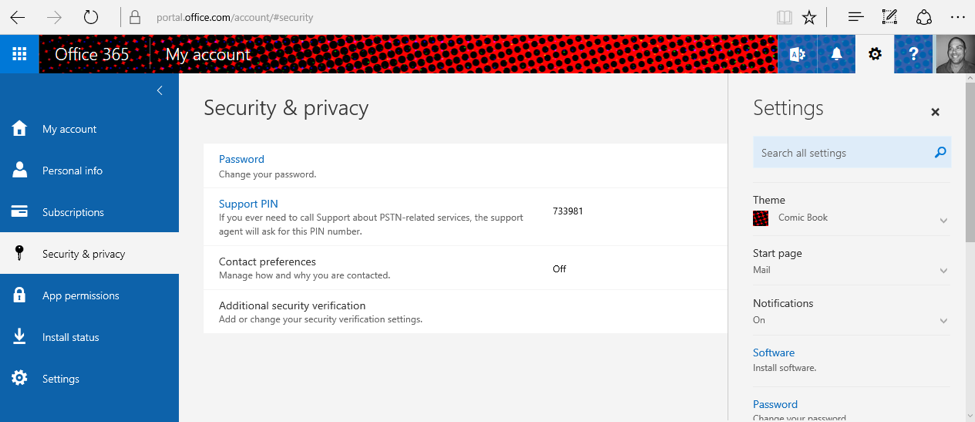
This is a more flexible approach for requiring two-step verification and is the method recommended by Microsoft. To learn more about security defaults refer the MSDN articles - Security defaults and Multifactor Authentication, Set up MFA for M365Įnabling Azure Multi-Factor Authentication with a Conditional Access Policy:

If not, security defaults must be turned on in the Azure Portal. Depending on when your tenant was created, security defaults may already be enabled. Microsoft is in the process of making these security defaults available to all license subscriptions.

These preconfigured security settings include enabling multi-factor authentication for all admin and user accounts. Toward the end of 2019, Microsoft released security defaults to help protect organizations from identity-related attacks. Refer to this MSDN article for more information - Enable per-user Azure AD Multi-Factor AuthenticationĮnabling Azure Multi-Factor Authentication with Security Defaults: While this method is preferred when making changes on an individual basis, it is now not recommended by Microsoft, as it can be time-consuming and error-prone to configure and manage for an entire organization. Enabling a user overrides any conditional access policies that might affect that user. All users that you enable perform two-step verification each time they sign in. This is the traditional approach for requiring two-step verification. Multi-factor authentication can be enabled in Azure AD in a few different ways depending on the scenario and the type of Microsoft 365 license you currently have.Įnabling Azure Multi-Factor Authentication per User: In this article we will understand how can we enable MFA through Azure AD & using CoreView Portal.



 0 kommentar(er)
0 kommentar(er)
